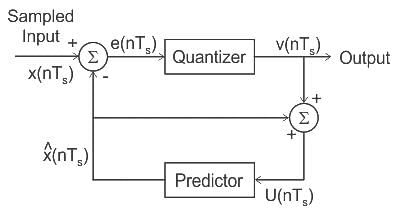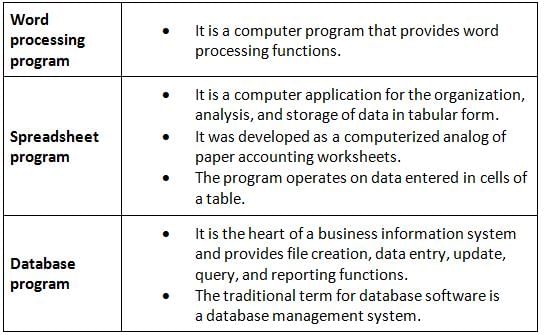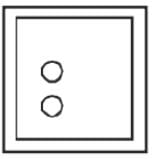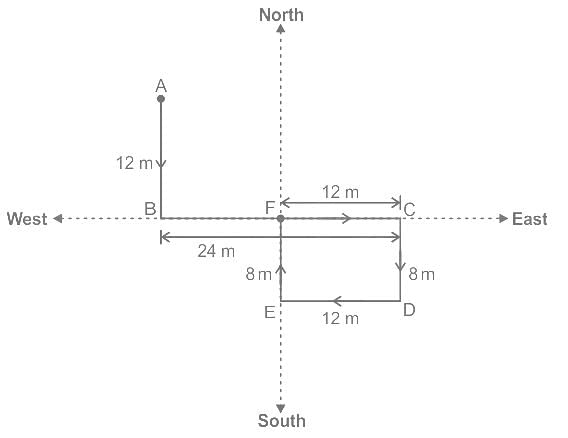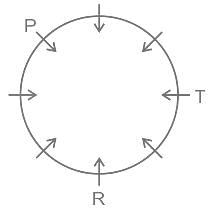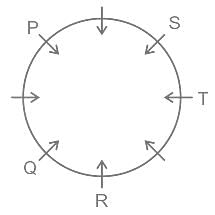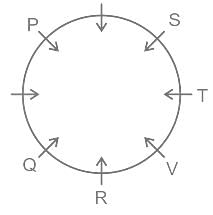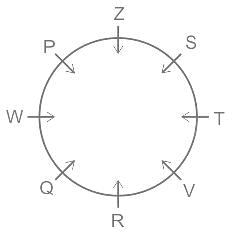BEL Trainee Engineer Electronics Mock Test - 5 - Electronics and Communication Engineering (ECE) MCQ
30 Questions MCQ Test - BEL Trainee Engineer Electronics Mock Test - 5
If the input to T-flipflop is 200 Hz signal, the final output of the three T- flipflops in cascade is
For an AM signal, the bandwidth is 6 kHz and the highest frequency component present is 600 kHz. The carrier frequency used for this AM signal is
Which of the following is an example of amplitude combination?
In _________ transmission, the channel capacity is shared by both communicating devices at all times.
The frequency deviation produced in a VHF carrier by a signal of 100 Hz is 50 kHz. The frequency modulation index is:
Which one is used for the generation of a PWM (pulse width modulation) signal?
In a radar system, if the peak transmitted power is increased by a factor of 16 and the antenna diameter is increased by a factor of 2, then the maximum range will increase by a factor of
A 4-bit R-2R digital to analog converter (DAC) has a reference of 5 Volts. What is the analog output for input code 1010?
Given below in the left column are different modes of communication using the kinds of waves given in the right column.
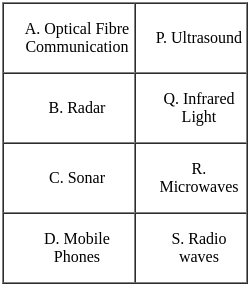
From the options given below, find the most appropriate match between entries in the left and the right column.
If an instrument has zero drift, the magnitude of error will be:
Which of the following statement is Incorrect:
i). Schottky diodes are also known as Hot carrier diodes.
ii). Schottky diodes have high reverse recovery time.
iii). Schottky diode has no PN Junction.
iv). Schottky diode is a Majority carrier device and can be used as a low noise amplifier.
Consider the following statements regarding differential pulse-code modulators:
1. The differential pulse-code modulator system employs a predictor.
2. It needs far fewer bits per each error sample than what would have been needed for the original samples themselves.
3. It will have larger dynamic range than the original message itself.
Select the correct statements using the code given below,
Kathy was looking for a strong but light material to use for making her water jugs. Unfortunately, she chose noodelite. It proved to too porous to hold jelly. A porous material _____
The typical elements of process image are ______.
(i) User data
(ii) System data
(iii) User program
(iv) System stack
Hardware that calculates CRC(Cyclic Redundancy Check) uses:
Which one of the following is the windows program key combination for undo? :
The facilities available on the internet are
(i) Electronic mail
(ii) Remote login
(iii) File transfer
(iv) Word processing
Direction: If a Paper (Transparent Sheet) is folded in a manner and a design or pattern is drawn. When unfolded this paper appears as given below in the answer figure. Choose the correct answer figure given below.
If a paper is folded in a particular manner and punch is made, when, unfolded this paper appears as given below in the question figure. Find out the manner in which the paper is folded and the punch is made from the answer figures given.
Question Figure
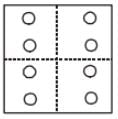
Answer figure
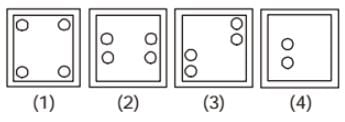
If a man has to travel to point E from point A (through these points by the shortest distance), which of the following points will he pass through first?
Study the given pattern carefully and select the number that can replace the question mark (?) in it.
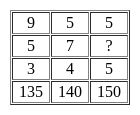
Directions to Solve
In each of the following questions find out the alternative which will replace the question mark.
Question -
27 : 125 :: 64 : ?
Direction: If a Paper (Transparent Sheet) is folded in a manner and a design or pattern is drawn. When unfolded this paper appears as given below in the answer figure. Choose the correct answer figure given below.
A piece of paper is folded and punched as shown below in the question figures. From the given answer figures, indicate how it will appear when opened?
Question Figure

Answer figure

Direction: Study the following question carefully and choose the right answer.
If REASON is coded as 5 and BELIEVED as 7, then what is the code for GOVERNMENT?
Kanti is the niece of Suman. Suman’s mother is Prema. Divya is Prema’s mother Divya’s husband is Harish. Karisma is the motherin-law of Harish. How is Kanti related to Harish?


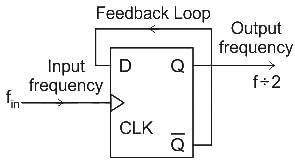
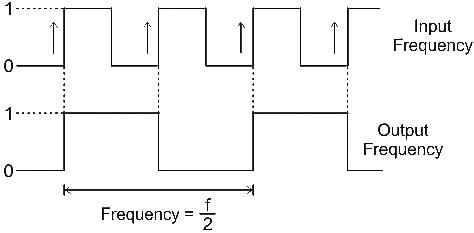


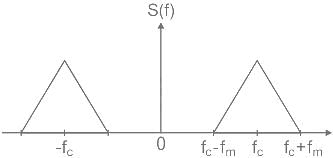

 for a Frequency modulated wave, is given by:
for a Frequency modulated wave, is given by:

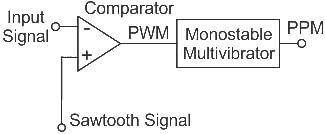
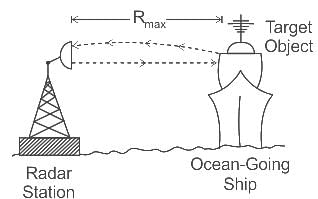

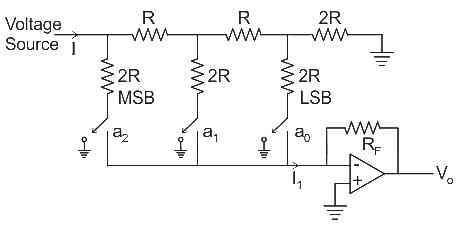
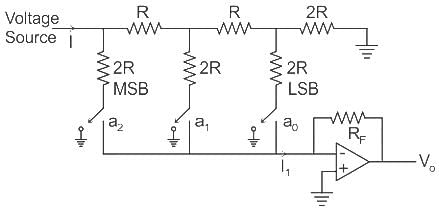
 ⋯ (ii)
⋯ (ii)




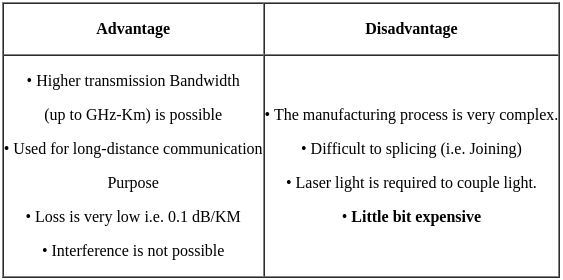
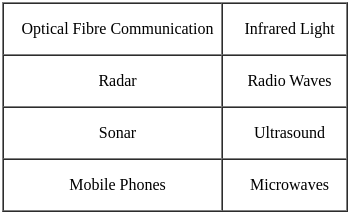
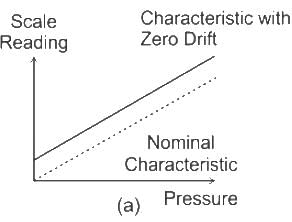
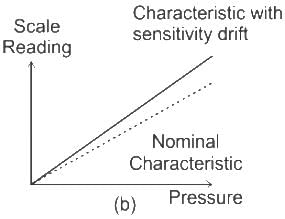
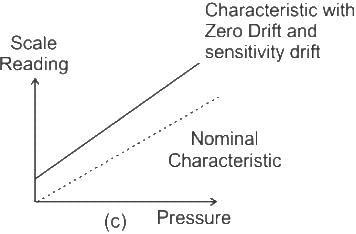
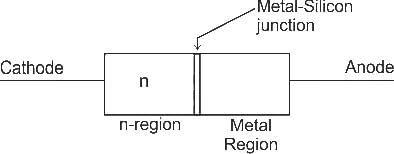
 1
1